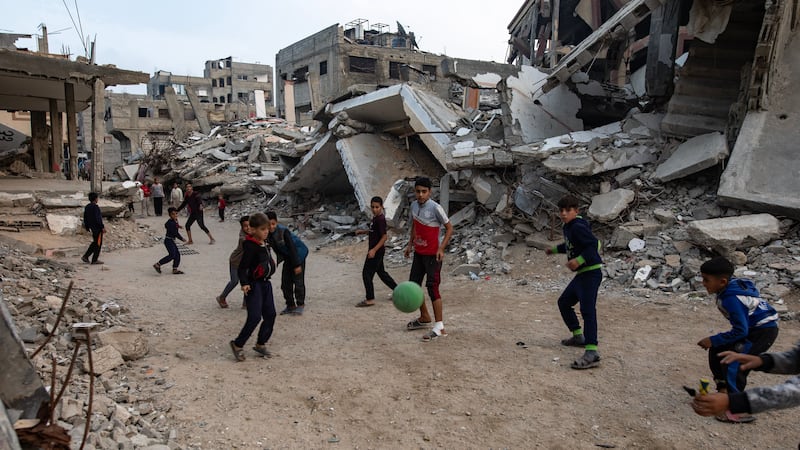So Iran is about to clinch a deal with the world’s great powers?
Maybe. The umpteenth deadline passed on July 9th, when the United States Congress doubled to 60 days the time it will take to review an agreement. On July 7th (also a missed deadline) President Barack Obama said he thought there was less than a 50-50 chance of an agreement. Negotiations started 12 years ago, stalled and resumed in in earnest with Iranian president Hassan Rohani’s administration in October 2013.
Didn’t Iran already sign a couple of agreements on its nuclear programme?
Yes. An interim agreement reached on November 24th, 2013, was supposed to lead to final agreement one year later. The framework agreement signed on April 2nd, 2015, set June 30th, 2015 as another final deadline.
What are these agreements about?
The objective is to lift international sanctions in exchange for dramatic cuts in Iran’s nuclear programme. The cuts would ensure a “breakout” time of more than a year before Iran would have sufficient enriched uranium for a nuclear weapon.
So what are the sticking points?
The P5 + 1 (permanent members of the UN Security Council, ie the US, Russia, China, France and Britain, plus Germany) want guarantees regarding inspections and research on centrifuges. They also want an investigation by the International Atomic Energy Agency into the past possible military dimension to resume unhindered. Tehran wants sanctions lifted more rapidly, and the end of an embargo on the sale of conventional arms to Iran.
Who are the main players?
US secretary of state John Kerry and Iranian foreign minister Mohammad Javad Zarif have done the heavy lifting. EU foreign policy chief Federica Mogherini has also played a key role. Tension was high this week as two more deadlines passed. “Never threaten an Iranian,” Zarif warned Mogherini when she threatened to walk away from talks in Vienna. Zarif angered Kerry by saying the US should be tried in The Hague for what it did in Iraq. French foreign minister Laurent Fabius has been the most hawkish negotiator. Russian foreign minister Sergei Lavrov has been the most sympathetic to the Iranians.
Once the deal is done it's done, right?
Not exactly. The US Congress voted a law requiring the White House to send it the agreement for approval. If Congress rejects it, Obama could veto their rejection, but Congress could then override his veto. The whole process could take 82 days, during which Obama could not lift US sanctions. Israel, too is a spoiler. Prime minister Binyamin Netanyahu says an agreement “threatens the existence of Israel”. He demands that Tehran “recognise Israel’s right to exist” and the Israeli intelligence minister has said “the military option is on the table”. Saudi Arabia also opposes an agreement and has vowed to match whatever nuclear enrichment capability Iran retains. Ayatollah Ali Khamenei, the ultimate authority in Iran, demands that most sanctions be lifted before Iran dismantles its nuclear programme, and before the onset of inspections. He opposes visits to military sites not considered nuclear, and rejects a 10-year freeze on the enrichment programme.
What would a deal achieve?
An end to 36 years of enmity between the US and Iran would constitute Obama’s signature foreign policy achievement. It would facilitate co-operation between Iran and the West in their shared fight against Islamic State. A gold rush of foreign businessmen, especially petroleum companies, has already started. Iran believes it could sign $100 billion in oil contracts. An end to sanctions would open the 80 million-strong Iranian market.

















